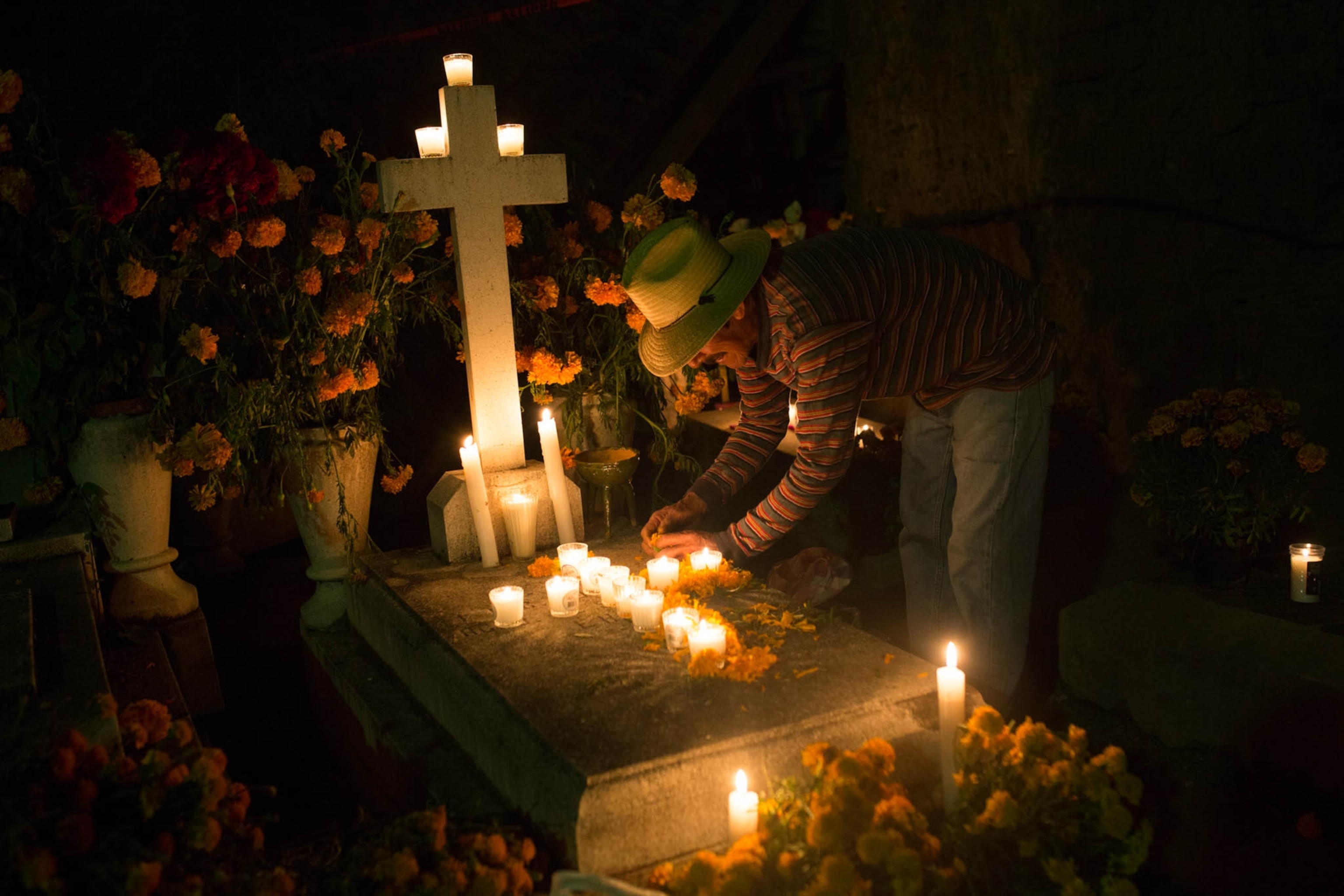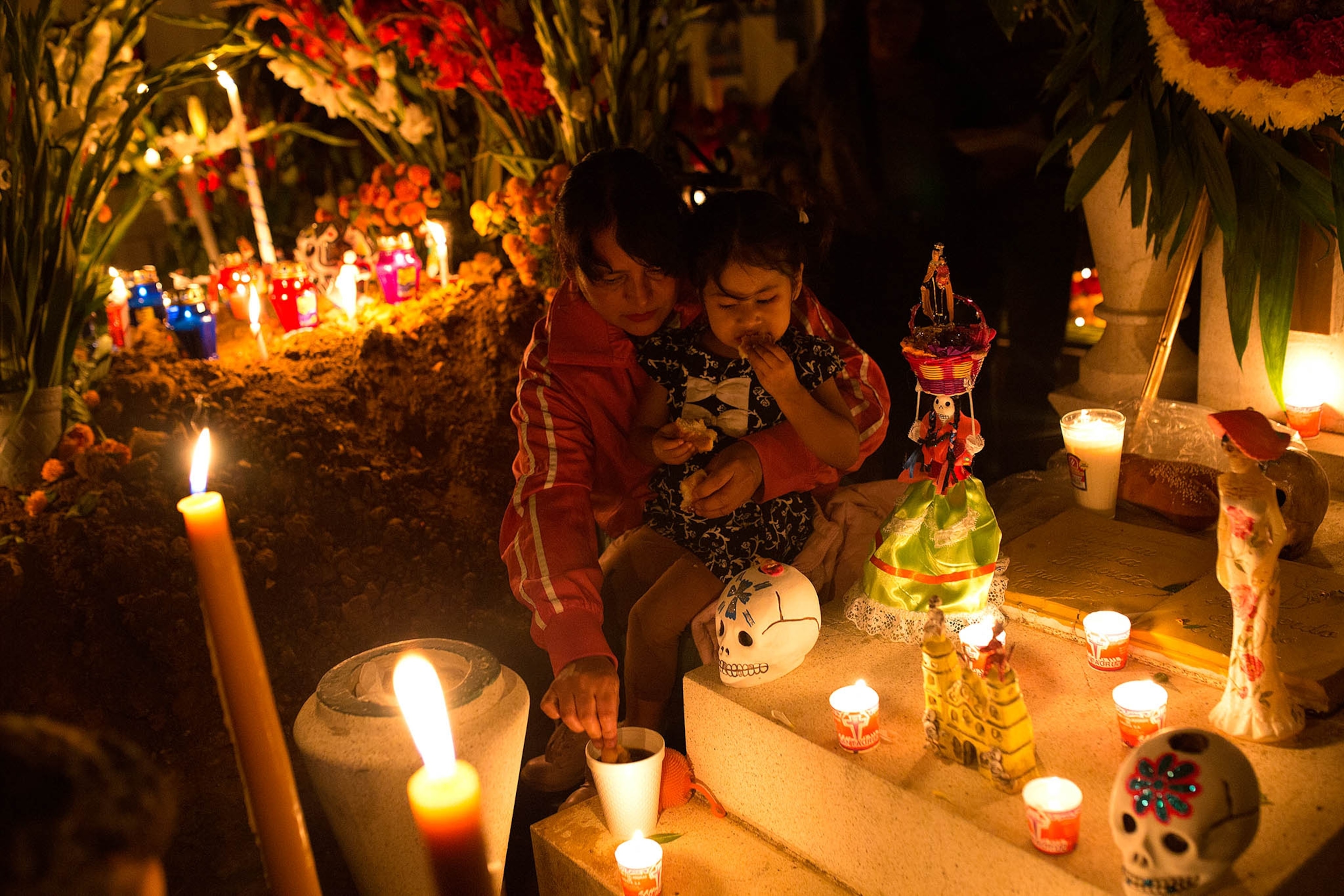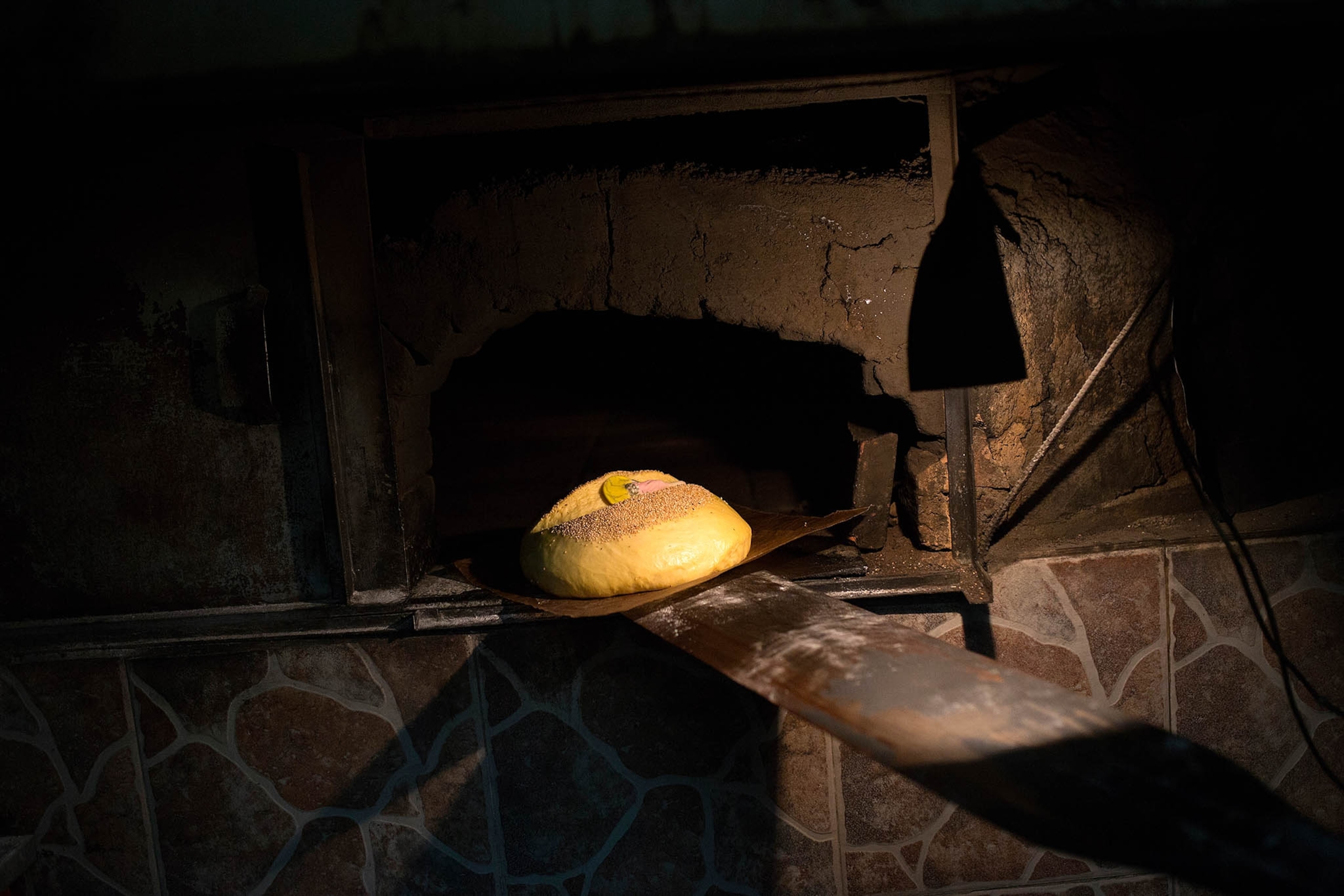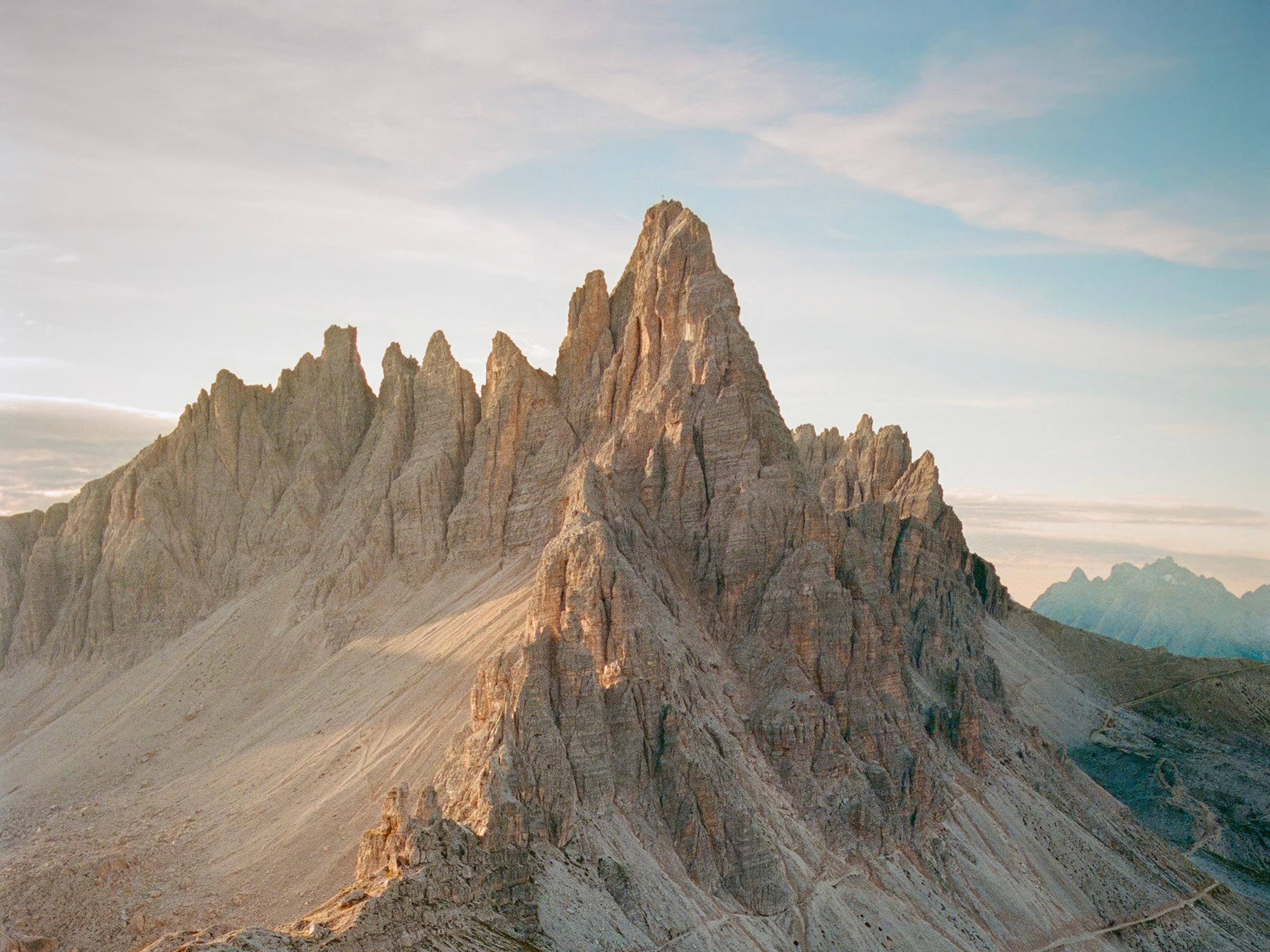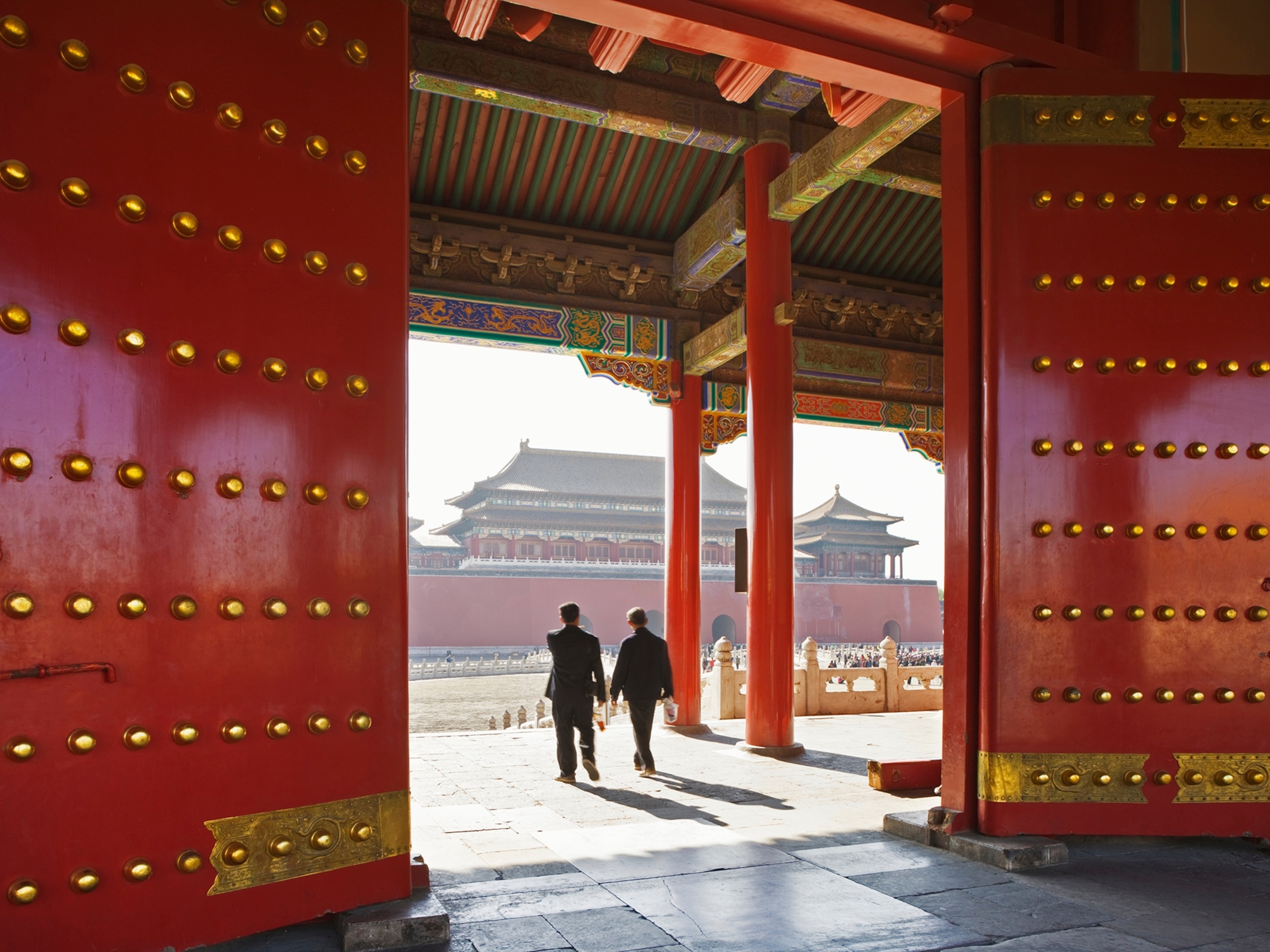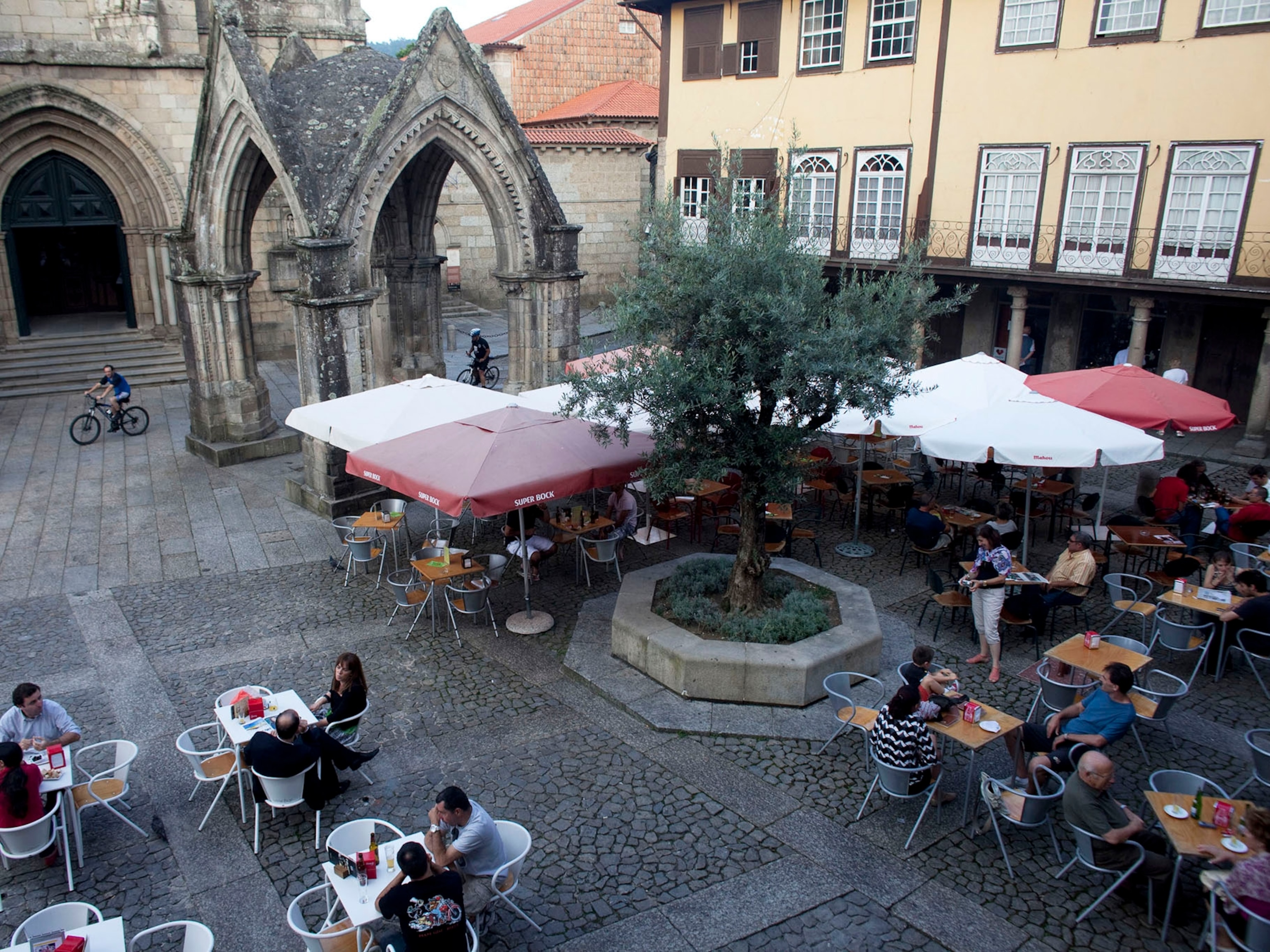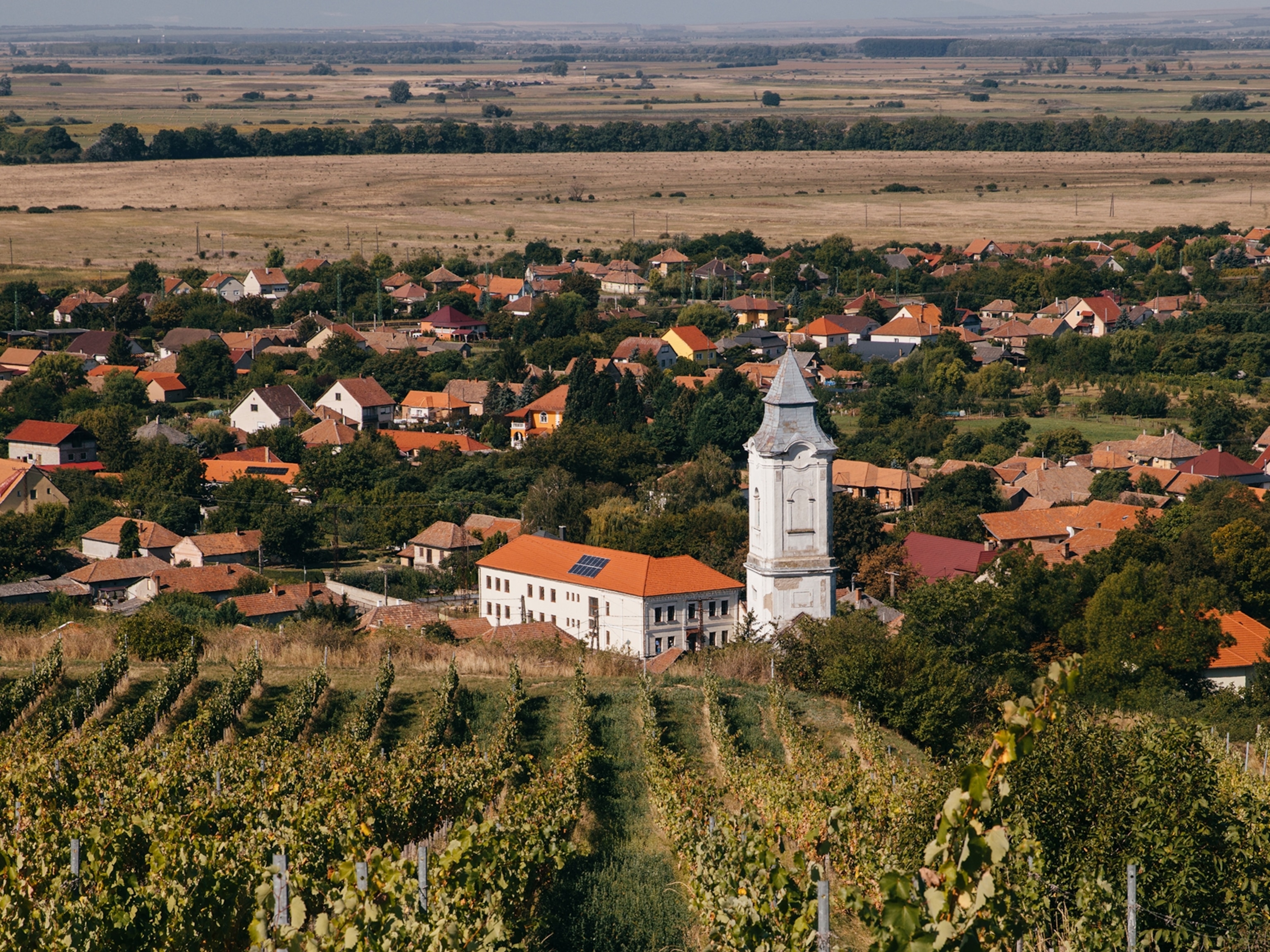In ovens across Oaxaca, bakers are raising the dead.
The recipe is simple: Mix eggs, flour, yeast, sugar, a dash of anise and let sit. Sculpt the velvety dough into a round body, cut slits for arms and legs, and add the finishing touch: the carita, or little face. Put it in the oven, and watch it rise into a golden pan de muerto—bread of the dead.

There are more than 400 types of pan de muerto prepared in bakeries throughout Mexico during Día de los Muertos, the festival honoring the dead. The three-day celebration lasts from October 31 to November 2, and features elaborate costumes, wild street parties, and sacred traditions. Gifts of sweets, mescal, and pan de muerto are laid out on ofrendas, or altars, to welcome the dead home—but Oaxaca is the only state where the bread stares back.
Gifts to the living and the dead
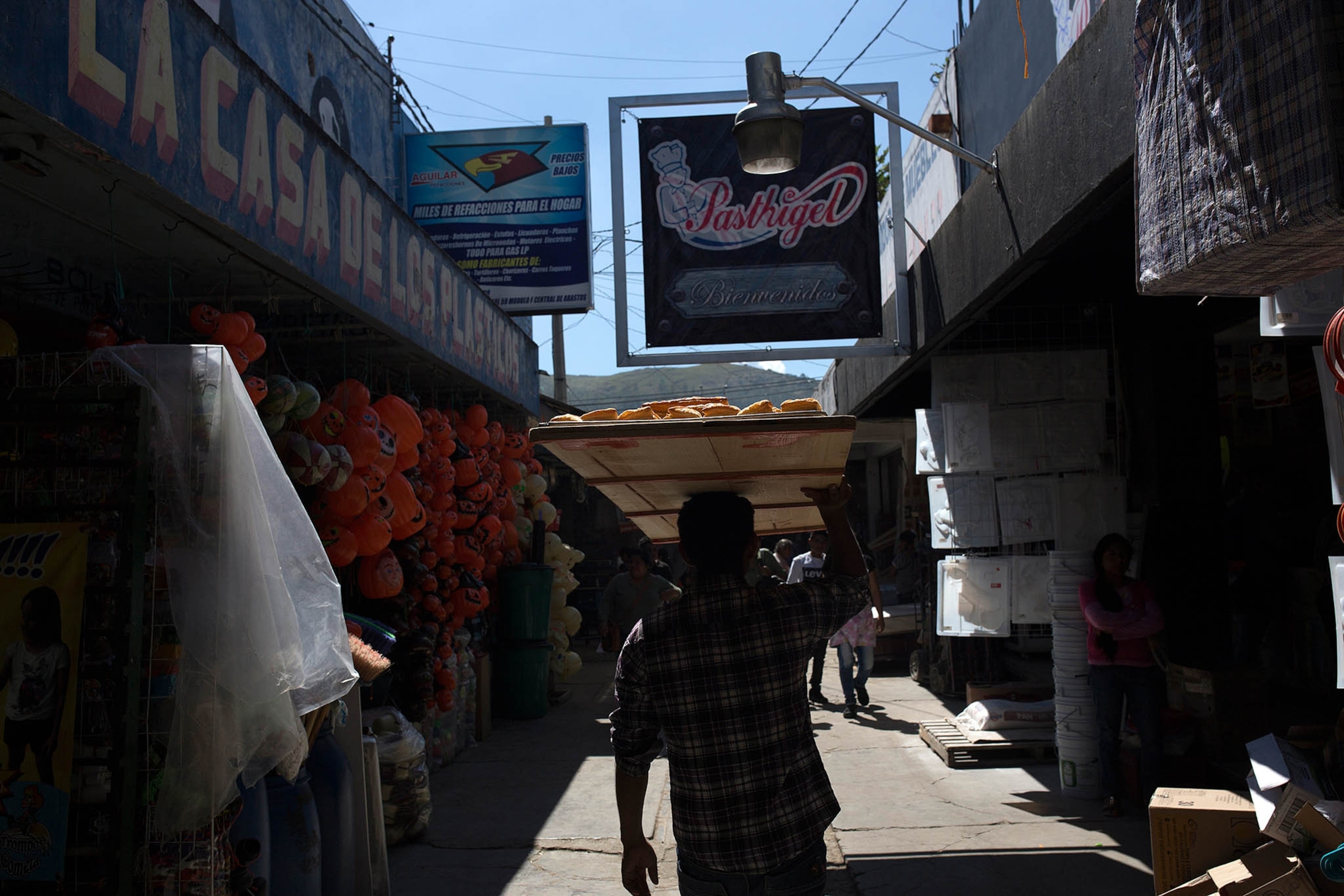
Forty minutes outside of Oaxaca City in Tlacolula, a young runner jostles his way through the crowd balancing a pallet stacked high with pan de muerto on his head. They were made at Tlacopan, a bakery that ships thousands of loaves to the market in the days leading up to Día de los Muertos. Back at the shop, Edgardo Montes García pinches the shape of a head and feet into a slab of dough and presses in the carita. García says Tlacopan—a bakery he hopes to take over from his father someday—is adored for maintaining the traditional Oaxacan style of bread making.
"The bread that you'll see in Mexico City is very commercial, but here it’s a very, very artisanal bread,” he says. “From the recipe, the way we do the work, and the oven—it’s an oven of clay and firewood—it’s very traditional."
On an altar in his home, García will place a loaf of his best pan de muerto alongside chocolate, fruit, and mole negro, a complex sauce made with as many as 40 ingredients including fiery chilies and rich, Mexican chocolate.
“[The dead] come the first [of November] and the second to eat breakfast with us,” he says. “On the altar, we put ofrendas of the most traditional food or what they liked.”
The faces behind the faces
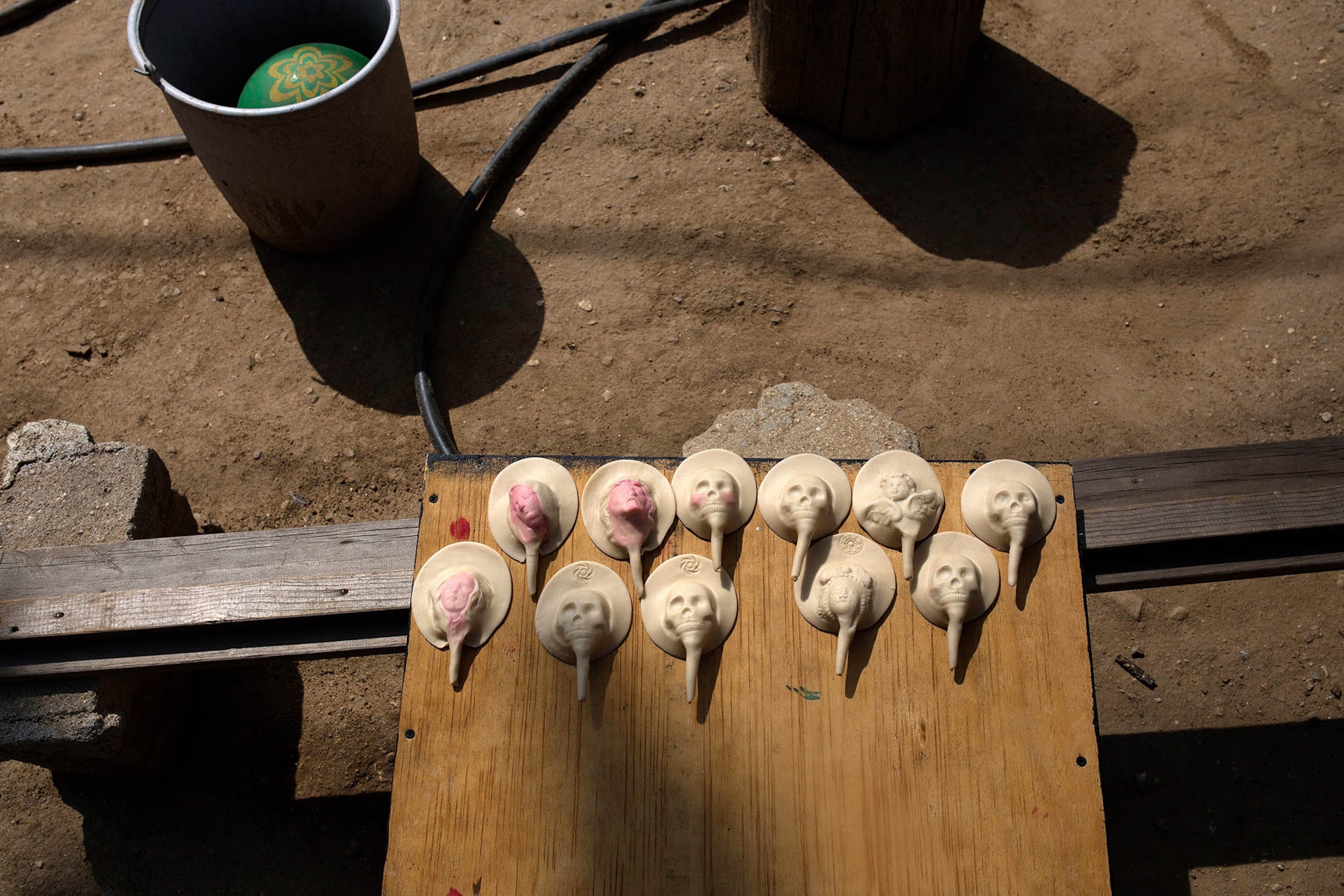
While Tlacolula is known for its pan de muerto, the caritas themselves come from two hours south of Oaxaca City in the town of Miahuátlan. There, 70-year-old Guadalupe Sánchez watches as Lucio, the youngest of her 11 children, presses a teardrop-shaped slab of dough into a clay mold of Jesus’s face—the same mold she used as a girl.
Sánchez recalls when the caritas only came in the shape of Christ, with the bread signifying the tomb he rose from to heaven. But other shapes have been added over the years, including the Virgin Mary, angels, and secular figures like calaveras (skulls) and Aztec symbols, a tribute to one of the ancient civilizations that inspired Día de los Muertos.
Starting as early as February, three generations of the Sánchez family color the face-shaped dough with vegetable-based paint and churn out hundreds of thousands of caritas. Watching their process, it soon becomes clear why the faces are made with safe-to-eat ingredients: Sánchez’s three-year-old granddaughter María Fernanda tosses a piece of bread into her mouth, carita and all.
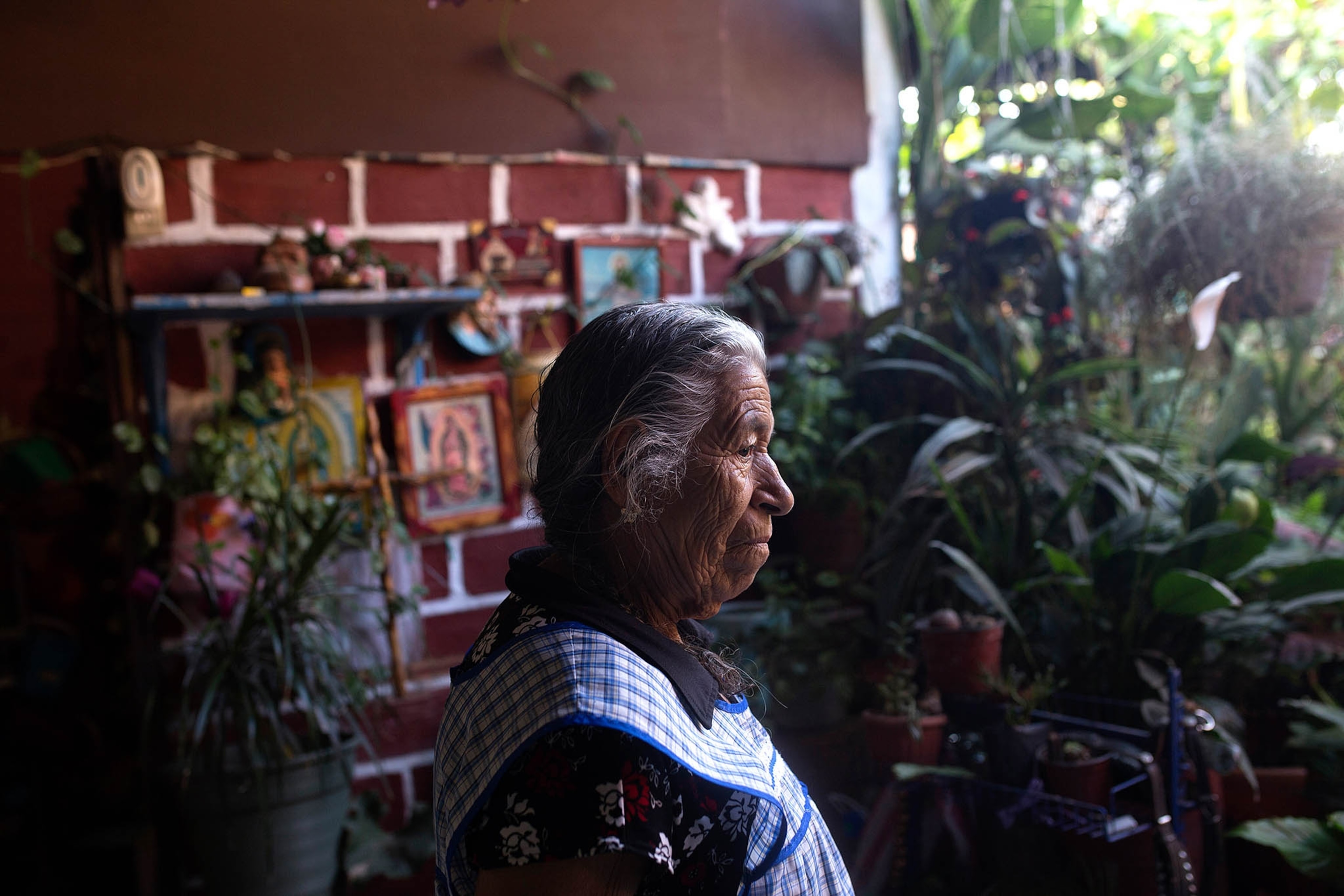
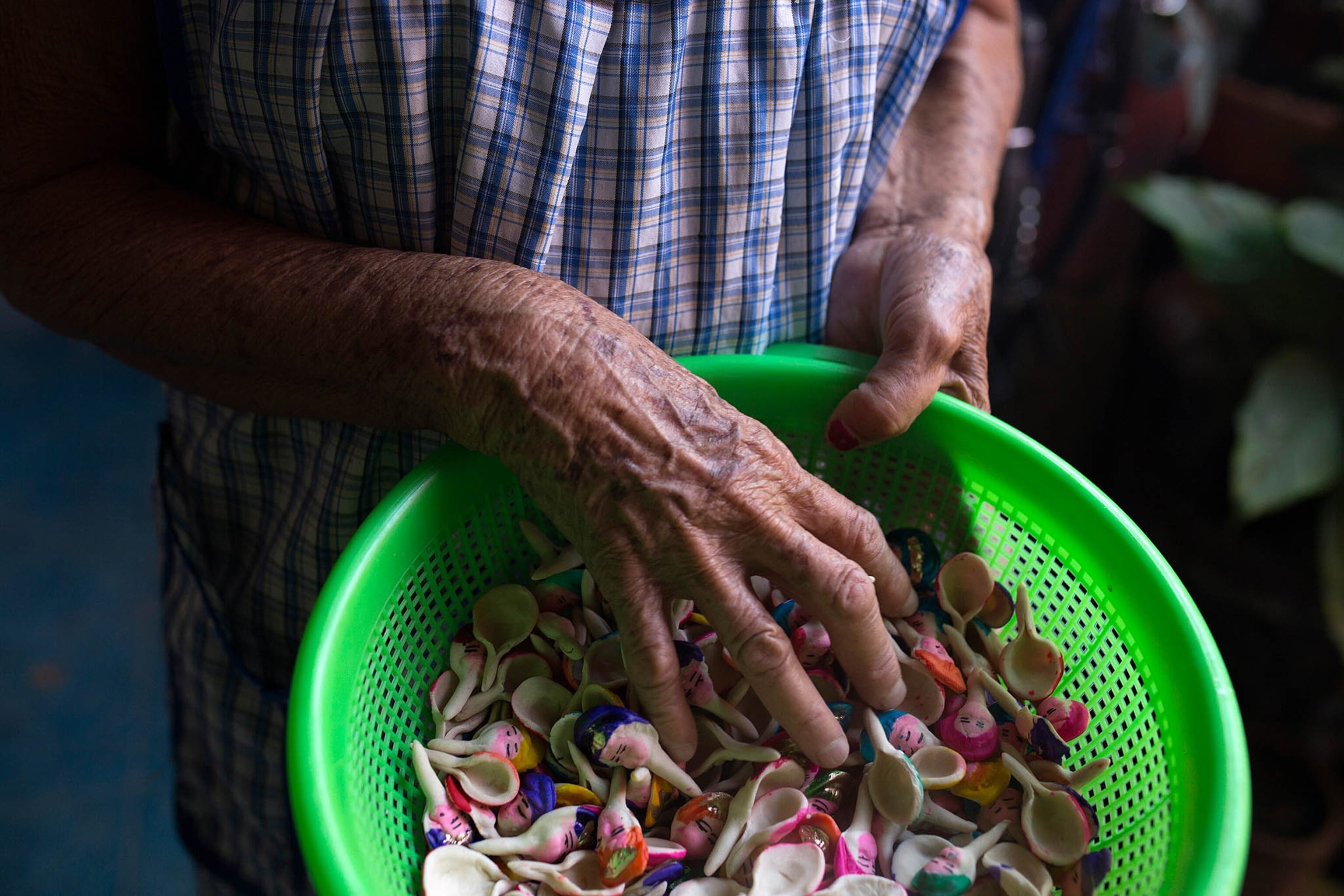
"Working all this time with the family, the family becomes one,” says Ana Lilia Toribio Santos, Sánchez’s daughter-in-law. "It’s a tradition from a long time ago and we don’t want to lose it in future generations.”
On the other side of town, another one of Sánchez’s grandkids, 28-year-old Eduardo, paints a gigantic face of Frida Kahlo. The art piece will be displayed in the center of Miahuátlan and entered in the first-ever carita competition for a chance to win 1500 pesos. When asked if he thinks his carita will win, without looking up he says, “Probably."
“Here in Oaxaca, we celebrate this festival more than Christmas, more than Mexico’s Independence Day,” Eduardo explains. “We see the dead with sadness, but also with joy.”
Behind him is an altar decorated with pictures of his grandparents as well as his father who died just two years ago. There’s also a Bible, flowers, and candles, but no pan de muerto. Noticing its absence, Eduardo runs into a back room and pulls out a golden-brown loaf—embedded in it is a face made by the Sánchez family.
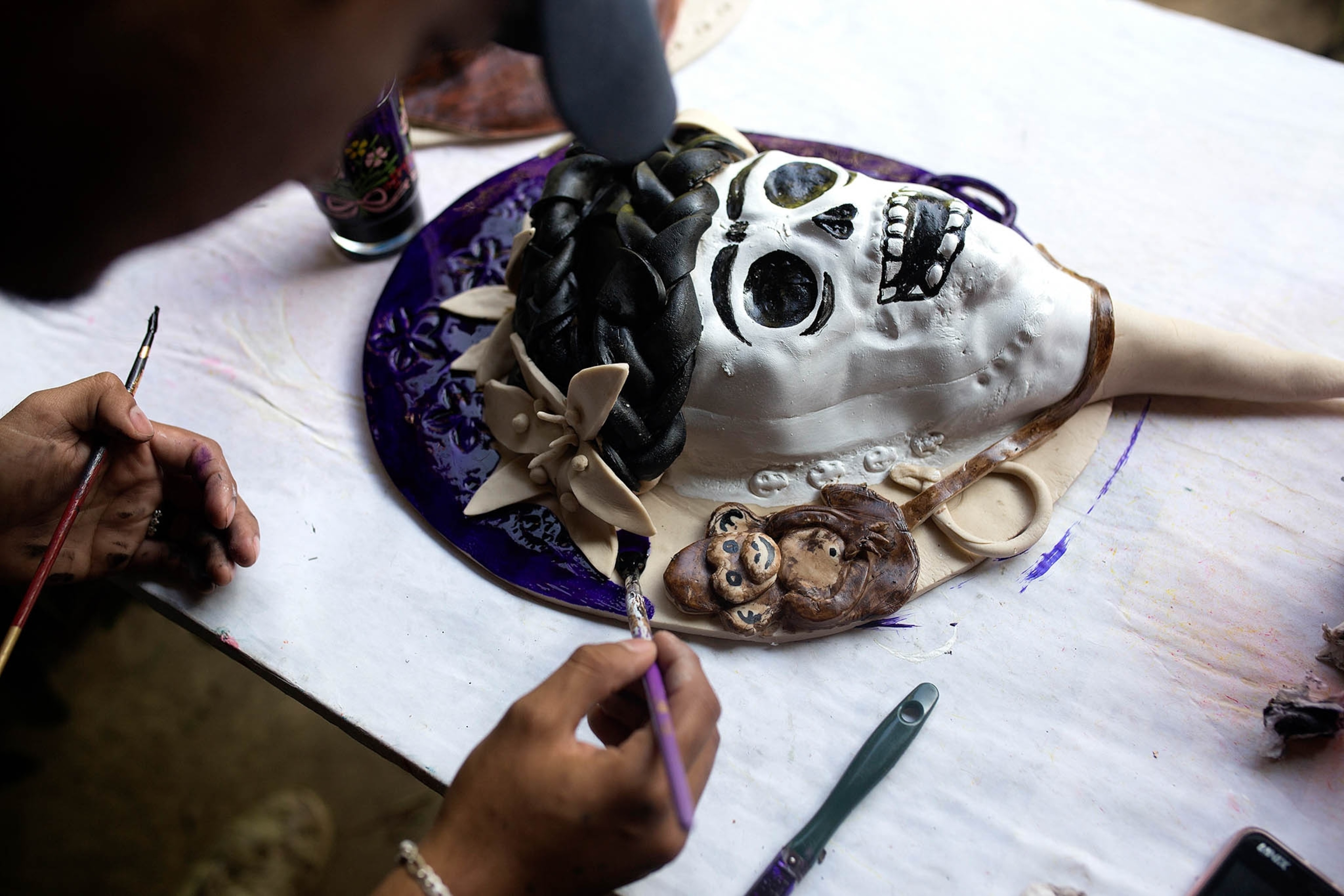
“There’s no Día de Muertos altar without bread,” Eduardo explains. “The bread is essential.”
- National Geographic Expeditions
Welcoming the dead home
On the evening of October 31, copal incense sweetens the air and thousands of flickering candles illuminate Pantéon de Xoxocotlán, a cemetery just south of Oaxaca City—Día de los Muertos has arrived. Juventino Hernández Esteba, a Mixtec native and practicing Catholic, sits in front of his mother’s grave and snacks on pan de muerto with his wife Luciana and granddaughter Dalila.
“Today, the angelitos will come—the children, the little souls. Tomorrow in the afternoon, the angelitos will go,” he says. “Then the adults will come at 3 p.m. tomorrow and they’ll stay until November 2.”
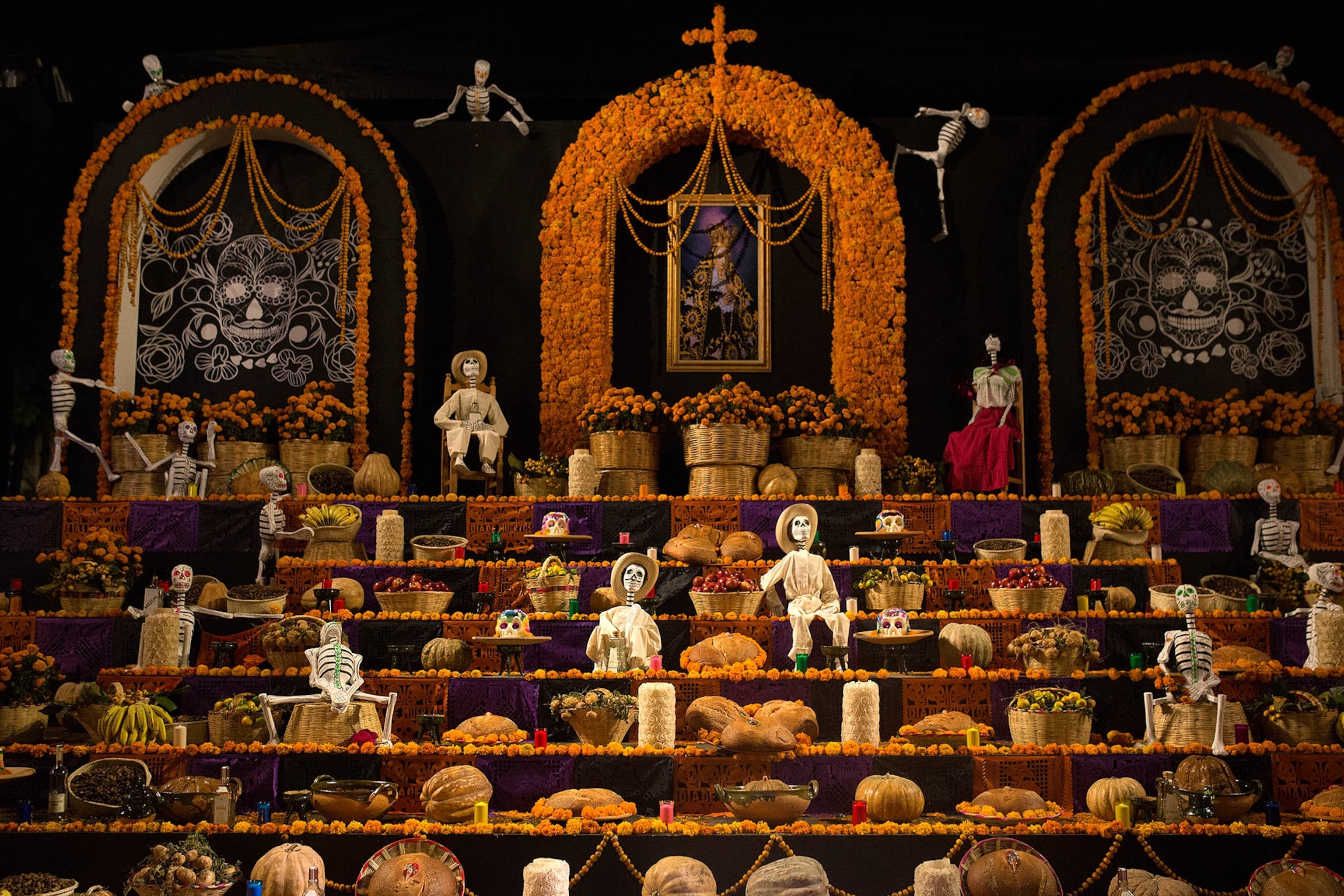
Esteba admits not everyone believes the dead visit. When he came to the cemetery with his mother in the past, he was also skeptical. But her death was all the convincing he needed.
“My mother died on November 2 at 3 p.m.—the day they all go,” he says. “It was something incredible. Because me, I believed, but not that much. But when this happened, I believed.”
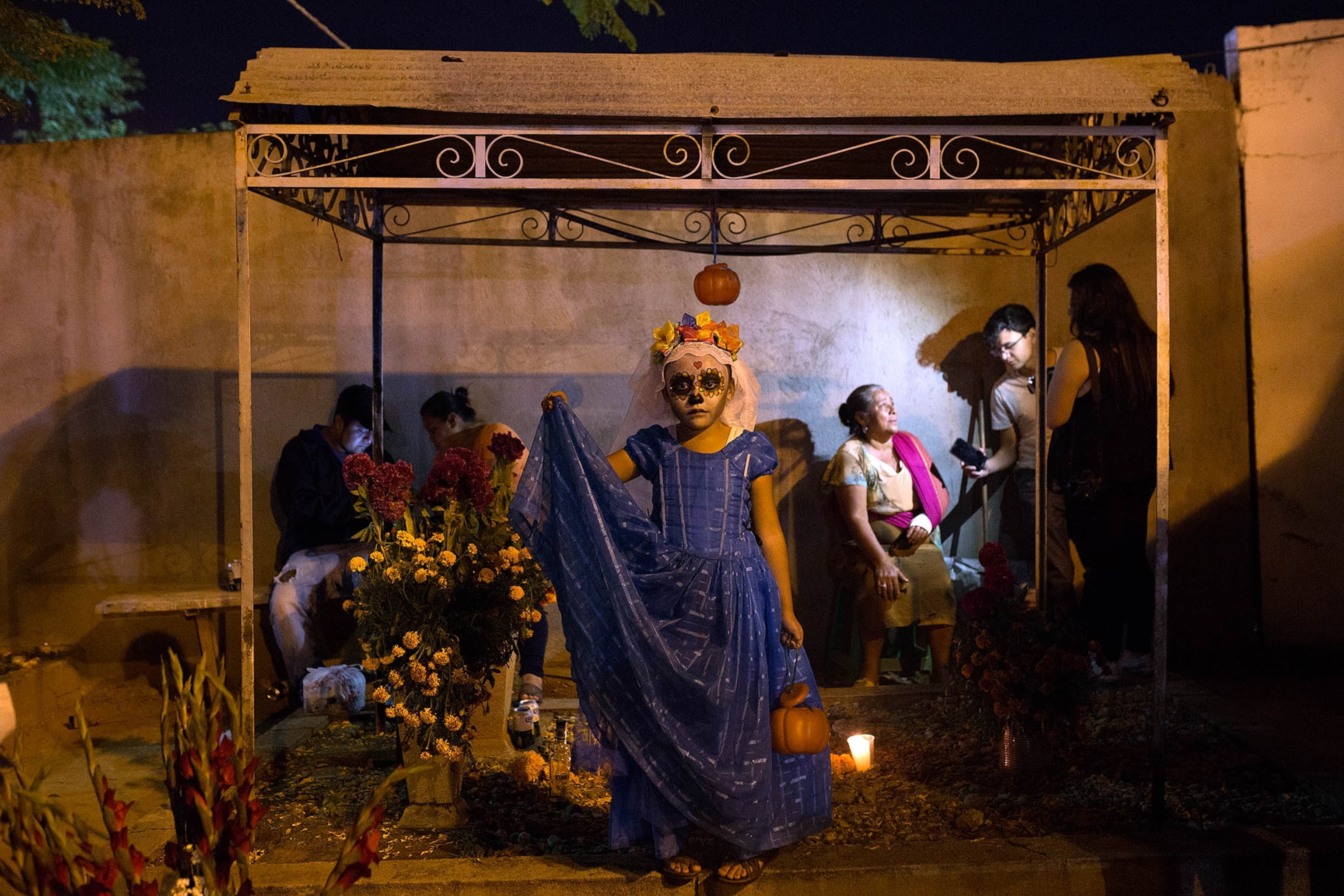
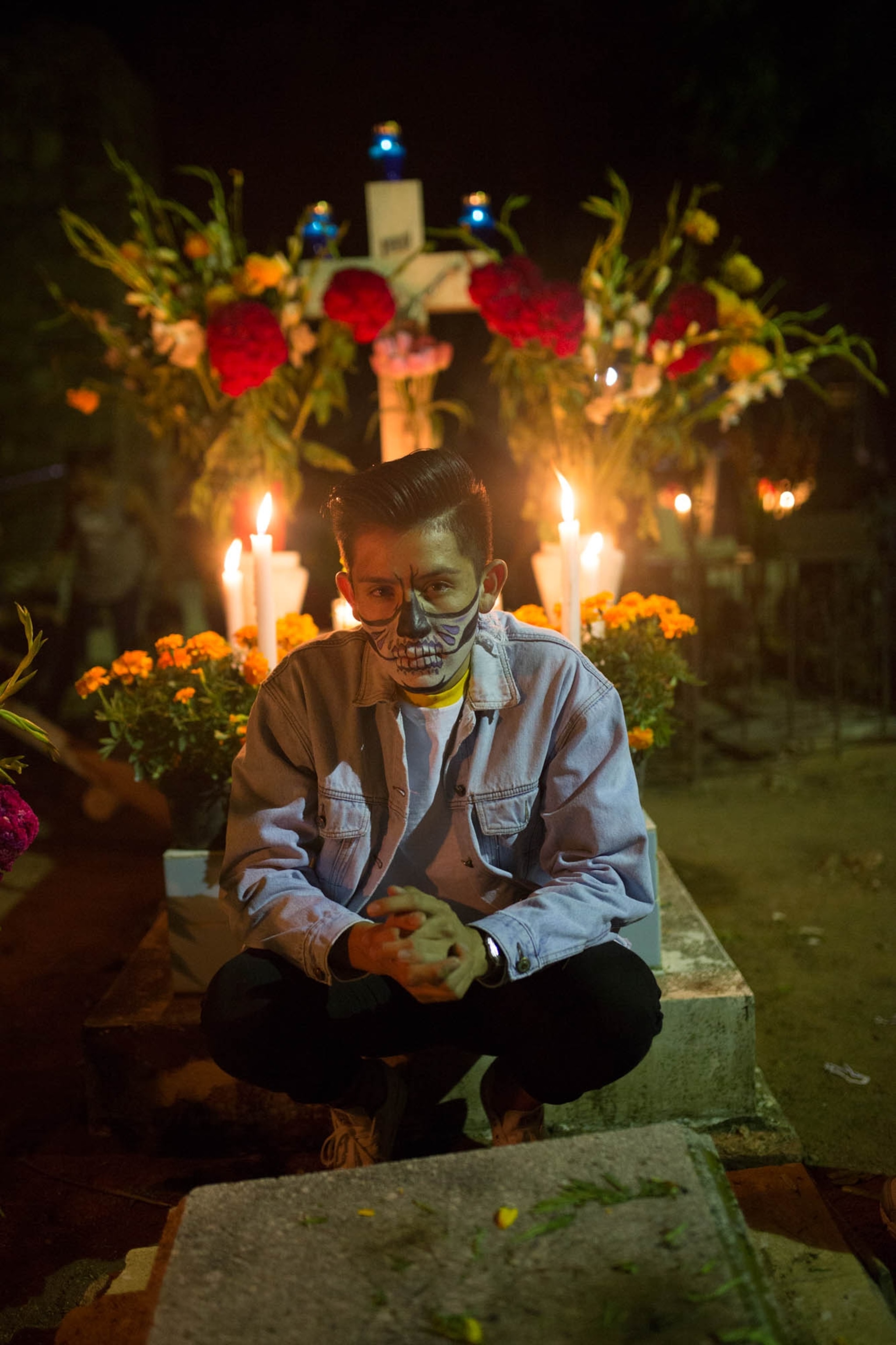
Across the cemetery, men blow into tubas and strum guitars amidst choruses of laughter. The majority sit quietly alongside lavishly decorated headstones, some drink beer or mescal, others dunk pan de muerto in chocolate. Esteba says without the joy, without the ofrendas, the dead may not come back.
“This ofrenda is the essence—its part of [why] they come,” he says. “What do they come to eat? Their bread, their chocolate.”
